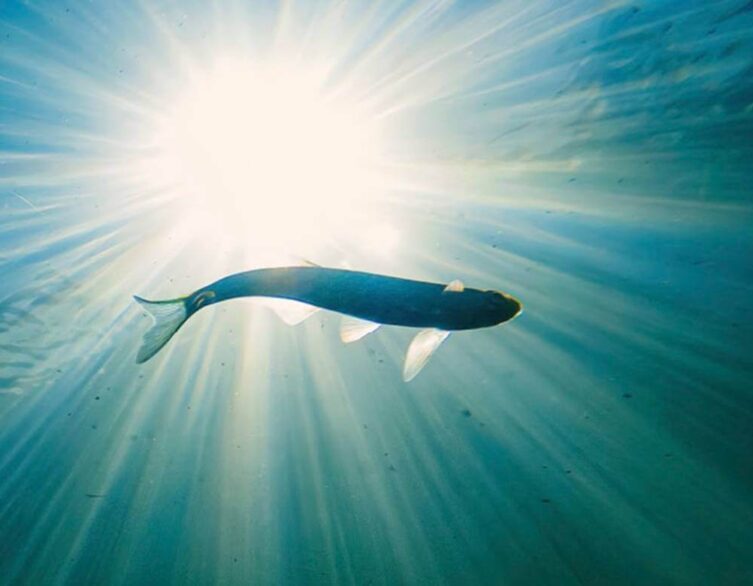“Aquatic Habitats of Hungary” Photo Exhibition Opens at the Hungarian Natural History Museum in Budapest

The Hungarian Natural History Museum in Budapest has recently opened a new photo exhibition titled “Aquatic Habitats of Hungary.” The exhibition is a joint initiative of the UNESCO Hungarian National Committee and the “Magical Hungary” (Varázslatos Magyarország) project, showcasing a selection of the best nature photographs from their recent competition.
The aim of the competition was to present the diversity of Hungary’s aquatic world and to highlight the importance of preserving these ecosystems. The photographs depict Hungarian wetlands and the wildlife that inhabits them, offering visitors a comprehensive view of these unique environments.
Over 200 entries were submitted to the competition, which were evaluated by a professional jury from the “Magical Hungary” project. The top three winners were Péter Angyal’s “Dance of the Flowers” (1st place), István Palcsek’s “The World of Salt Bales” (2nd place), and Boldizsár Szűcs’s “Awakening” (3rd place). Special prizes were also awarded to László Tóth’s “Here and There” (Magical Hungary Special Prize), Ernő Barsi’s “Judge” (CEWE Special Prize), and Roland Kreiner’s “Autumn Cavalcade” (Fotoplus Special Prize).
The exhibition emphasizes the importance of water as one of the most valuable resources on Earth. Freshwater accounts for only 2.5% of the world’s total water supply, with less than 1% accessible for human use. Wetlands play a crucial role in regulating local climate, reducing weather extremes, and helping to adapt to climate change. They also have a higher carbon sequestration capacity than any other habitat, including forests.
Best deals of Budapest
However, due to human activities, the spread of invasive species, and climate change, wetlands have become one of the most threatened habitats. Since the 1700s, more than 80% of wetlands worldwide have been destroyed, and the trend is accelerating. In Hungary, the protection of the Fertő, Hortobágy, and Kiskunság biosphere reserves, as well as the floodplains of the Mura, Drava, and Danube rivers, is of utmost importance.
The “Aquatic Habitats of Hungary” exhibition will be open to visitors at the Hungarian Natural History Museum until January 6, 2024. Plans are in place to display the exhibition at several other locations throughout the country in the coming year.
Foreign tourists visiting Hungary are encouraged to take the opportunity to view this stunning exhibition, which not only showcases the beauty of Hungary’s wetlands but also raises awareness about the need to preserve these vital ecosystems for future generations.
Image source: Hungarian Natural History Museum



















